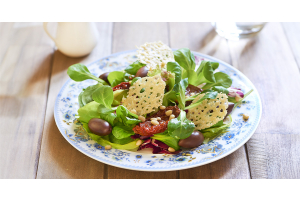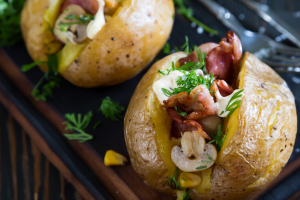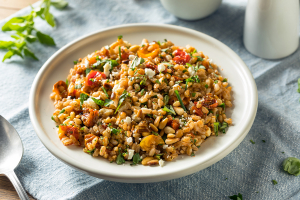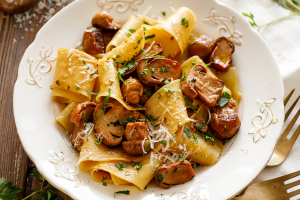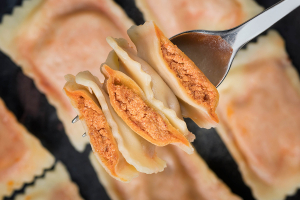How to make potatoes perfectly
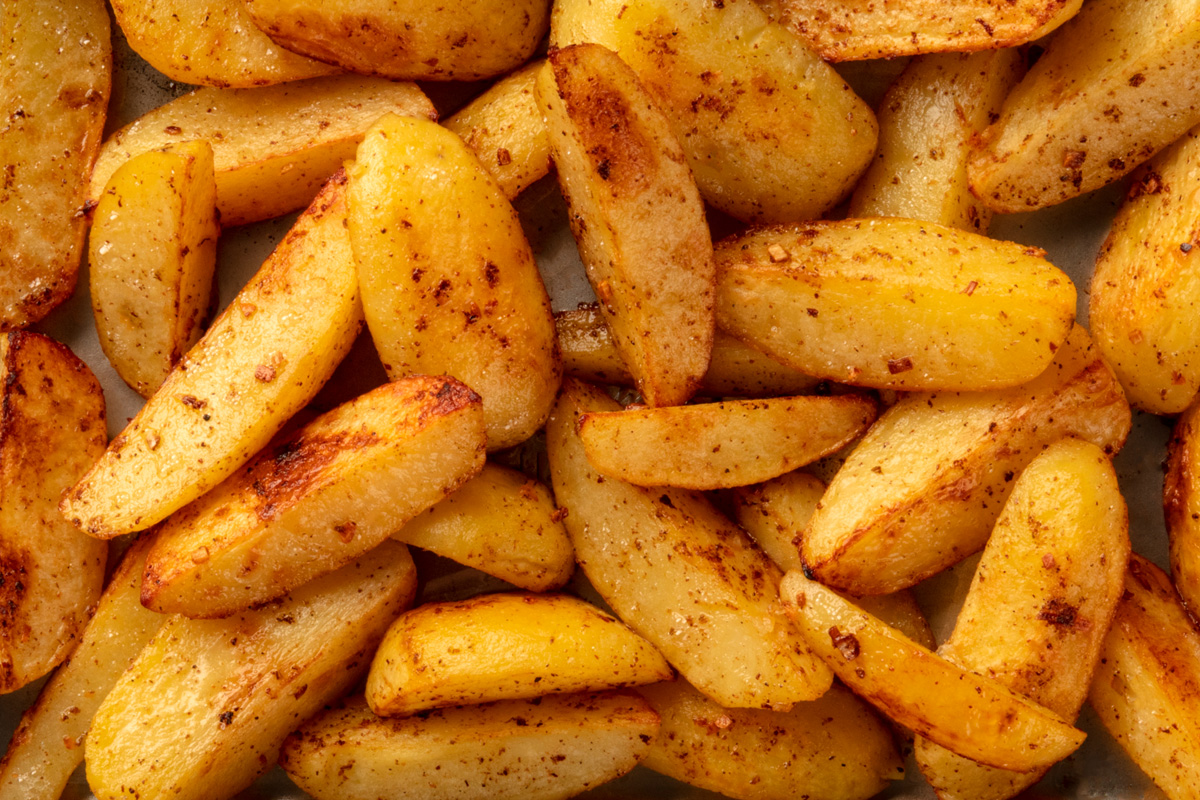
One of the most popular side dishes in cooking is potatoes. We use them for main courses, side dishes and baked goods, as they are a very versatile food that can be cooked in a variety of ways: from frying to microwaving, from boiling to baking. Not to mention the taste, which satisfies young and old alike. But how do you go about making potatoes perfectly? Let's find out together.
The fried potatoes are excellent when the cooking succeeds in conferring the right external crunchiness and internal softness, to do this there is a simple trick that consists in eliminating the starch from the tuber, it is in fact the starch that is "responsible" for the mushy consistency of the potatoes; to eliminate it will be necessary to peel the potatoes and, before cooking them, leave them to soak in cold water for at least a couple of hours, then dry them and proceed to cooking.
Another trick is to use the seasoning in the right way, especially the oil, which must be perfectly mixed with the tuber and not simply sprinkled on the surface. The spices, on the other hand, typically rosemary or oregano, should be added almost at the end of cooking. The type of potato is also important: it would always be advisable to opt for yellow potatoes, which contain less water and starch and are more compact.
A final but important tip for making perfect fried potatoes is the choice of pan. It is better if it is made of iron, as this will retain the temperature (about 180°, which can be measured using a common kitchen thermometer or by dipping a toothpick into the oil and waiting for it to sizzle) and ensure even cooking. And also because it encourages the caramelisation of the sugars on the surface of the potatoes, the ones that help create the much-loved crust.
More tricks for cooking potatoes perfectly
If you want to make great boiled or steamed potatoes, the trick is to cook them with their skin on and without slicing, so that the potato doesn't absorb the cooking water. The potatoes should be boiled by immersing them in cold water and then bringing to the boil, adding salt only when cooked.

